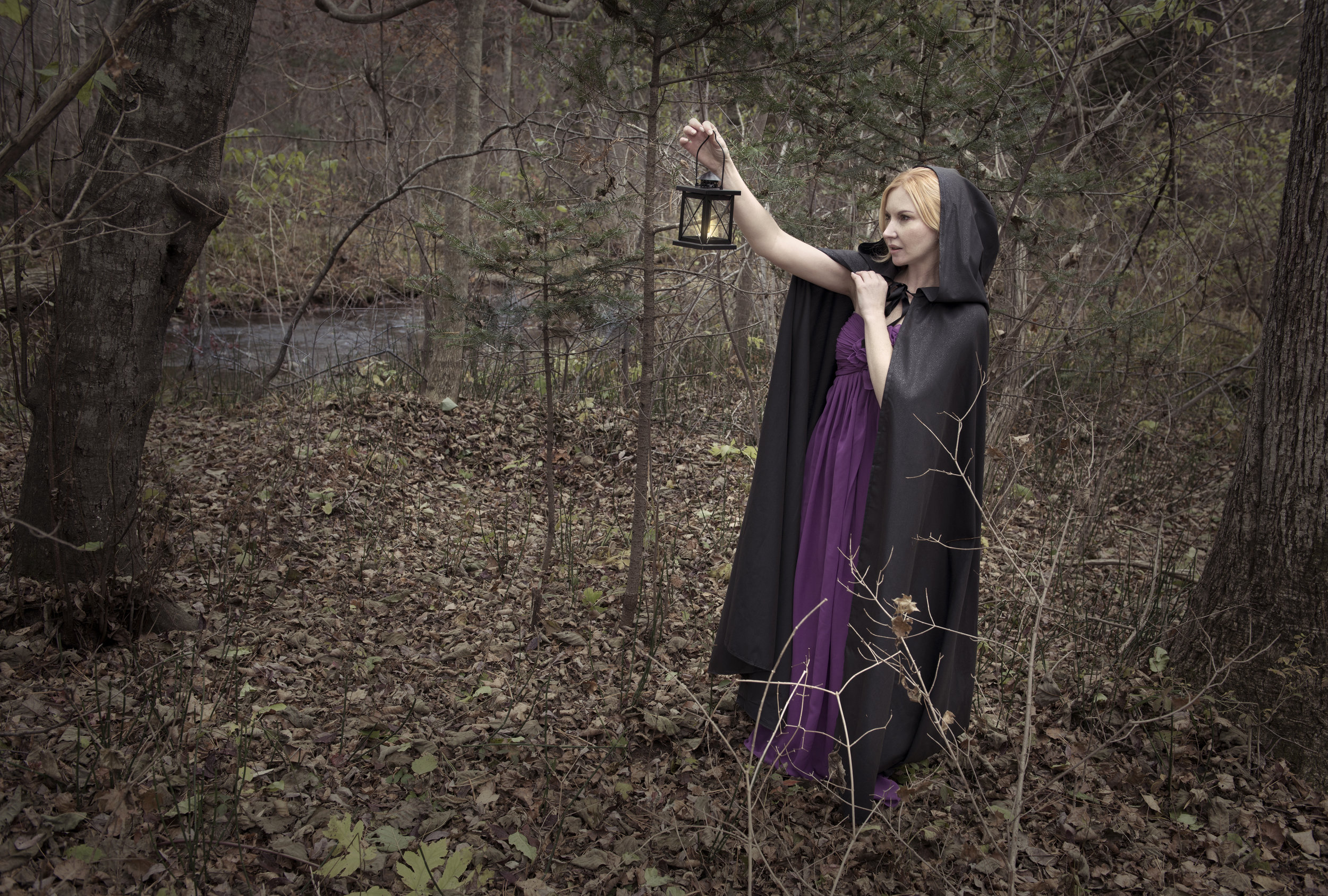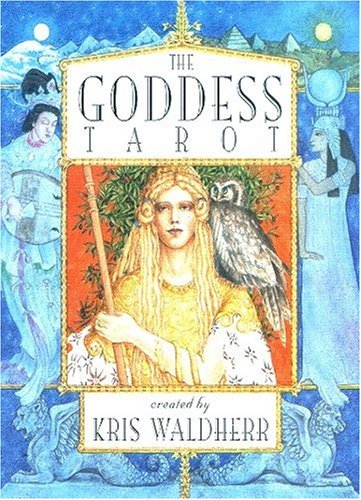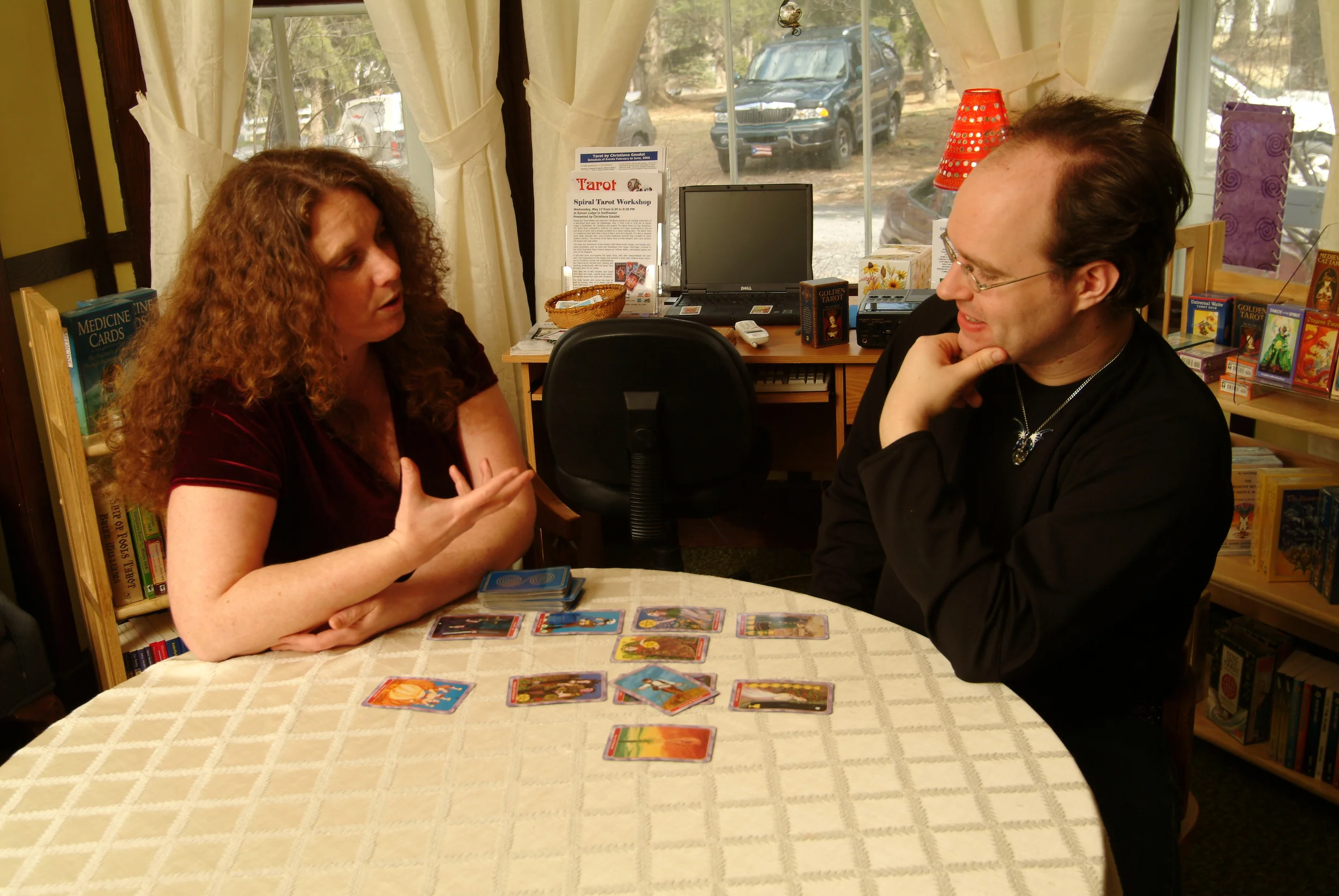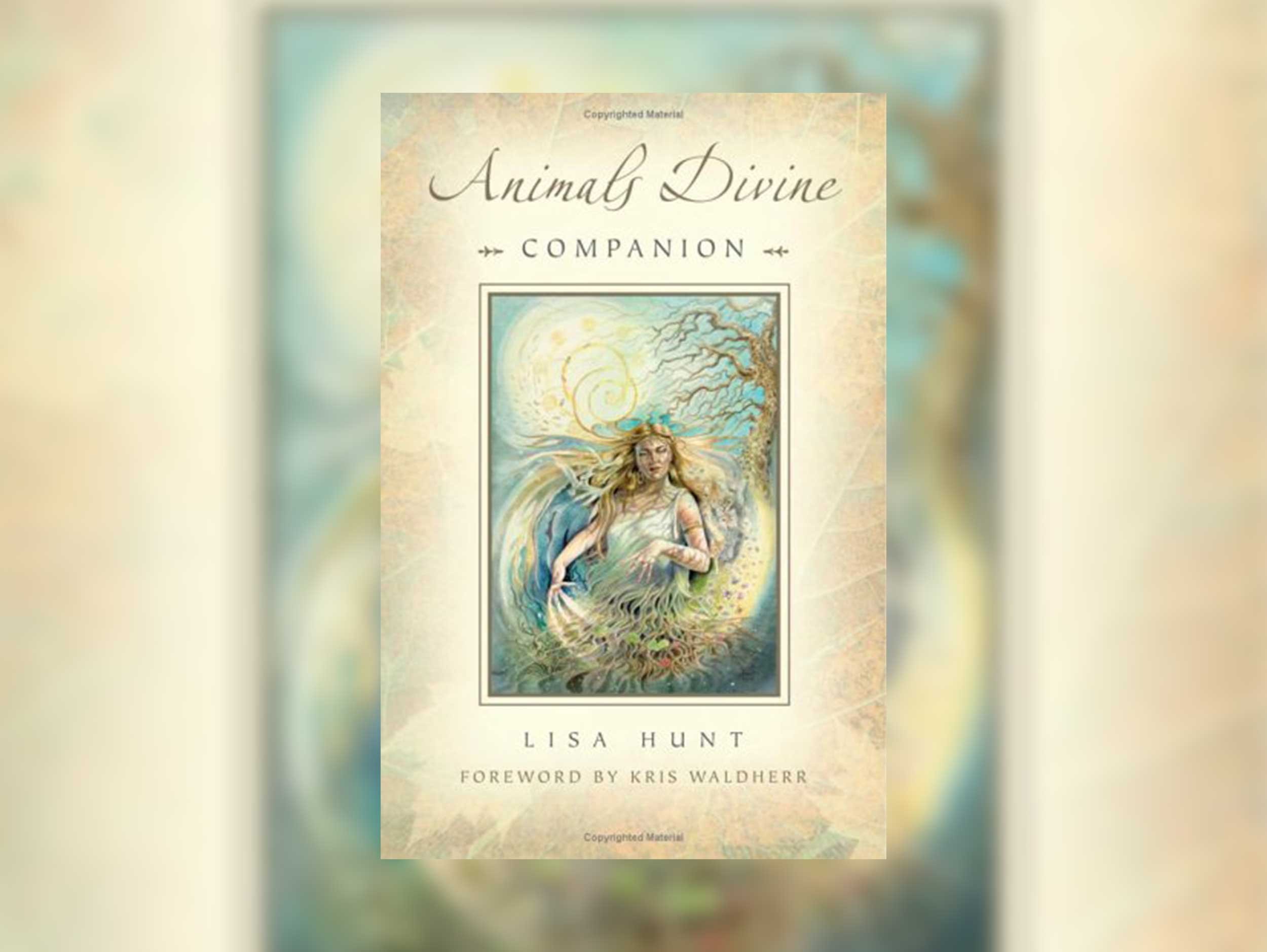
Welcome to my Community Blog for tarot enthusiasts.
Anyone with an interest in tarot, be they student, artist, collector, writer, teacher or reader, is welcome to
to include here.
Archetypes in Action: How Tarot Updates Itself
The archetypes of tarot are timeless.
Archetypes in Action
How Tarot Updates Itself
I feel as though I spend half my life waiting for updates to install on my many devices. I understand the need for this and try not to complain too much. Updates are necessary to respond to changes in security threats, user needs and machine capabilities. Recently, I have seen some social media conversations that suggest tarot needs to be updated, perhaps for metaphorically similar reasons.
Updates and revisions to sacred texts often cause acrimony. I remember in the 1970s that the Evangelical teachers at my private Christian high school hated the then-modern “Good News Bible” that my father, a fairly hip United Methodist Minister, revered.
As sacred texts go, tarot differs from the Bible in many ways, not the least of which being it is made of pictures instead of words. Another difference is that in tarot, multiple interpretations of the cards, both in art and divination, are welcome.
There are many tarot artists who seek to ‘update’ tarot by using modern images, and working to make the image more inclusive, and more reflective of our diverse society. There are many tarot authors and readers who do the same, finding within the cards interpretations that reflect our modern lives.
I submit that the reason it is relatively simple for an artist to create modern versions of our beloved tarot characters, and for readers and writers of tarot to find new, modern interpretations, is that archetypes are timeless.
I sometimes think that, as the world of tarot has grown exponentially, many new tarotists have focused more on tarot images than on tarot archetypes. This is reflected in much modern tarot art that takes significant liberties in the depictions of the tarot archetypes. It happens to the point that some tarotists worry this might encourage a potential loss of universal tarot understanding – that our beloved archetypes might slip away in the sands of time.
Our understanding of those archetypes has already changed over decades – that’s part of the ongoing living process of tarot. Yet, many of us don’t want there to be so much change that we lose cohesion to the point that tarot becomes any random oracle.
I vacillate between two moods here. Do I trust the process and trust that the truth of tarot will keep itself, nurtured by the tarot historians and scholars in each generation? Or, do I give in to a sense of unease that, in a sea of “Divine Child,” Ancestor,” and “Master of the Head” cards, we will lose the Hierophant. That’s ironic, of course, since “Hierophant” itself is a modern renaming of the original Major Arcana Five, the Pope.
Creative tarot depictions work to define the archetype even as they redefine it. Archetypal assignment tarot decks help us find the commonality between different depictions. The central energy we find as we compare depictions is the archetype in its present moment.
For example, the Magician in Kris Waldherr’s Goddess Tarot is Isis. In Lisa Hunt’s Animals Divine Tarot the Magician is Cerridwen. When we look at Isis and Cerridwen together, we can try to find the central themes that relate them to each other, and then connect that theme to more traditional associations like Hermes, the number one, the element of Air, Mercury, the path from Kether to Binah, and keywords like “tools, skills and abilities andtrickster”. If we are able to do that successfully, then our tarot knowledge, and tarot itself, is on a firm foundation.
My primary thesis here is that, regardless of imagery, tarot can stay relevant to a changing world without major overhaul, because of the way the archetypes speak in divination. For example, in our modern world, our automobiles are very important. While there were no cars during tarot’s inception, the Chariot has come to signify our vehicles, and our issues of transportation.
Computers and the internet easily appear in the Pages, and some of the Swords cards. Even the World can now speak of the World Wide Web. There is nothing in modern life that tarot can’t depict. The dating app Tinder looks to me like the Seven of Cups, while Bumble sometimes shows up as the Queen of Swords.
I’ve seen these spontaneous tarot updates happen relative to locale as well. I first started reading professionally in Putnam, Connecticut, right as the Mohegan Sun and Foxwoods Casinos were becoming some of the largest casinos in the world. I started noticing that the Wheel of Fortune would appear for casino workers, those hoping to be employed by the casinos, and those who were developing gambling addictions.
The question is, how do we come to know modern meanings for ancient cards? The answer is, the cards tell us!
There are three important ways to consider modern meanings for your cards. One is through communication with other tarotists. As we share our stories, we share our oddball experiences with the cards and our offbeat card interpretations. When we keep these stories in mind, sometimes they pop up in our memories to inform a particular reading. When that happens in a way that is accurate and helpful, that new meaning will forever be a possibility whenever we see that card.
The second way is to look through your deck with an imaginative eye. Think about what cards might mean. Then, when you see those cards in action, you can see if those modern alternative interpretations might be pertinent.
These two methods for learning new card meanings illustrate a reason it is so important to have in your practice real-time readings for others; it’s a solid way to confirm the truth in the cards.
The third method of allowing tarot to update itself is simply to pay attention in readings. As you look at the cards, let your intuition lead you to what they might be saying. Over time in your practice you will remember the first time a particular card gave you a new type of message. After that, the possibility of that message with be present every time that card appears.
In this way we grow as tarotists, and tarot grows with us. When needed, each card has the ability to express its archetype in a new and relevant way.
Tarot Evolution
Tarot, like all traditions, is constantly evolving.
The way we use tarot, understand tarot and depict the tarot images is considerably different than it was when I got my first deck more than twenty-five years ago.
The evolution of tarot is even more complex when you consider that there are many tarot traditions. It makes me wonder, too, which new deck will be the inspiration for a whole new tradition?
In the time I have been working with tarot I have seen the emergence of the Happy Squirrel card, inspired by an episode of the Simpsons. I have witnessed the development of an entirely new tarot tradition I call “Archetypal Assignment,” where each card in a themed deck matches a story or character with the traditional archetype of the tarot card. Good examples of this tradition include the works of Kris Waldherr and Lisa Hunt.
I look at many new decks and wonder how I could ever read with them because they are so different from the traditions I know and love. Sometimes I think that might be a function of age – maybe these are decks for the next generation. But then I meet a person older than I who reads well with a uniquely illustrated modern deck. Then I realize that what used to be true about tarot continues to be true. Each person has their own unique tarot style and their own personal take on the cards. Each person will find the decks they connect with best.
Sometimes I wonder if a certain entropy is happening to tarot. I worry that the archetypes and the traditions – the things that make tarot what it is – might be lost. Then I wonder if the early tarotists of decades or centuries ago might have felt the same way.
In the end, I think tarot is a living thing. Tarot must always grow and push past its boundaries, exploring and expanding into something new. That’s what tarot helps us do, too.
Introducing the Animals Divine Tarot
Christiana reviews the Animals Divine Tarot by List Hunt
The Animals Divine Tarot, by Lisa Hunt, was published by Llewellyn Worldwide in 2005. It is Lisa Hunt’s third Tarot deck, and the first that she has done as a solo project. It has already received awards and acclaim in both the art world and the Tarot world.
Animals Divine proposes some specific and spiritual ideas. One is simply that all animals are our teachers. That by watching the traits and behaviors of animals we can find the easiest and best ways to deal with our own challenges. As we consider this concept we can easily take it a step further, to the concept that we all have instinctive and intuitive natural behaviors. If we can, like animals, access those core traits and behaviors, we will be living more in synch with our own nature, and with the natural world.
That leads us to the second concept; that all life is part of a web, and interconnected. Each card in the Animals Divine Tarot somehow reminds us of the cycles and rhythms of life. The third concept is that all life is sacred, and that all life has a purpose. No life form should be considered inherently irritating or dangerous. Instead, we must respect and honor all creatures of the earth. As we approach Animals Divine, then, we must do it with a sense of reverence for all life, and a willingness to learn from even the lowliest creature, and to see that we are connected to all the creatures of the planet.
The Animals Divine Tarot falls into three different Tarot categories. One is the category of Animal-themed Tarot decks, of which there are a countless number. Some animal Tarot decks focus on a specific animal, such as the Medieval Cat Tarot or Tarot of the White Cats. Others focus on mythical animals, such as the many dragon Tarots or the Unicorn Tarot. There are also decks that feature animals from a specific region or culture, such as the Australian Animal Tarot.
Animals Divine Tarot distinguishes itself in three ways. First, it focuses on animals and animal myths and deities throughout the world. These images are universal, rather than limited to a specific species or region. Second, all the animal images are surrounded by symbols from their natural world. You will not find a leopard carrying a pocketbook, or a seal wearing clothing. You will find that each card is rife with symbolism that is well explained in the companion book. The symbolism is part of the natural landscape of each card, making each card a celebration of the natural world.
The second category is one that I am calling “archetypal assignment” Tarot. In this type of Tarot deck, Tarot designers find elements within a particular group of characters and assign one to each Tarot card. They find a connection between that particular character and the standard archetype associated with the particular card. Characters that have been previously used include deities, mythical characters from a variety of cultures and even rock musicians. Tarot artists such as Kris Waldherr and Julie Cuccia-Watts join Lisa Hunt in making this type of Tarot a modern standard. It means that artists no longer need to rework the standard and familiar Tarot images, and are free to express those archetypes with other kinds of images. For instance, in Animals Divine, Major Arcana 12 is not an image of a figure hanging by one foot. Instead, it is the Hanged Woman who is the Spider Woman of Native American culture. She is shown weaving her web, rather than hanging upside down. This type of Tarot deck also reminds us that each Tarot image is an archetype, and that each archetype is present in every culture.
The problem comes in when an artist assigns a particular character to a particular card in a way with which a particular tarot student may not agree. Students need to see their disagreement with an assignment as a valuable teaching tool. With assignments that you don’t like or don’t understand, spend some time puzzling it out. The artist’s assignment may give you a new way of understanding the particular card. The time you spend thinking and meditating on it may increase your own understanding of the card.
Archetypal assignment Tarot decks are particularly good decks to help us increase our understanding of Tarot as a whole. Some Tarot students feel that they offer more spiritually-based readings, rather than readings that predict specific events and discuss mundane issues. Overall within the Tarot community there is a move away from the “fortune-telling” aspect of Tarot and a move toward a more meditative and spiritual use of the cards. Archetypal assignment decks are part of that trend.
Thirdly, Animals Divine Tarot is most definitely a Pagan Tarot. There are many Pagan, Shamanic and Wiccan decks on the market. What separates Animals Divine from the pack is that you don’t need to be Pagan to use it. Yes, it offers a world view that honors all life. Yes, it suggests that nature is sacred and is our sacred teacher. It even honors the Pagan deities of many cultures. It admonishes us to be better stewards of our planet. But it does not preach a particular religious structure or practice beyond that.
Animals Divine is a valuable study tool for the serious Tarot student, a wonderful tool of spiritual discovery for anyone who honors nature, and a solid deck of divination for those seeking answers to life’s many questions.







